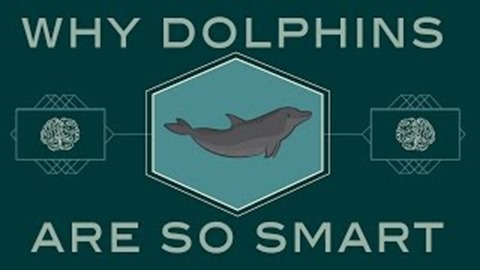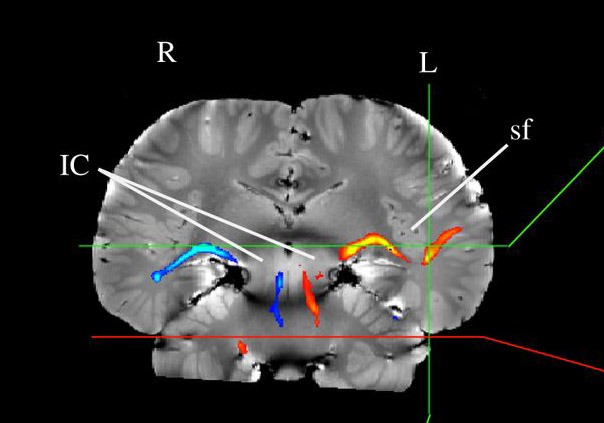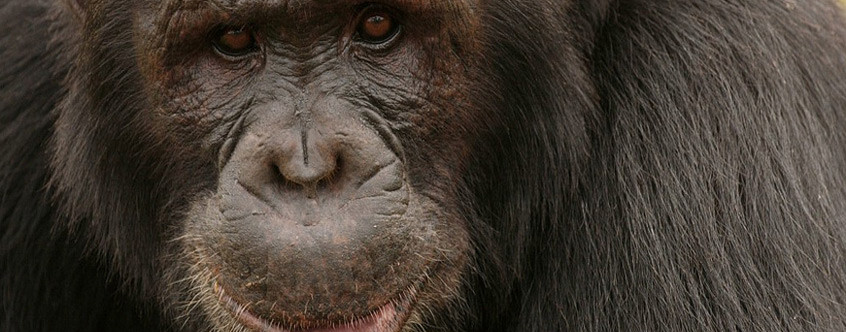Sea Sanctuaries for Cetaceans: A Growing Reality
This past Sunday, December 13th, Dr. Lori Marino, Executive Director of The Kimmela Center, and Dr. Naomi Rose, marine mammal scientist for the Animal Welfare Institute, presented a day-long public workshop entitled Sea-Pen Sanctuaries: Progressing Toward Better Welfare for Captive Cetaceans.
The workshop focused on the key issues relevant to developing and maintaining a permanent sea sanctuary in North America for formerly captive and injured/sick whales and dolphins. There are sanctuaries for other large highly social and wide-ranging mammals, such as the Performing Animal Welfare Society (PAWS) sanctuary in California, but there are none anywhere in the world yet for dolphins and whales.
The standing-room-only workshop was held at the 2015 Society for Marine Mammalogy conference in San Francisco and included presentations from some of the most experienced scientists, veterinary clinicians, engineers, attorneys, trainers, business experts and advocates in this field.
Wildlife veterinarian Dr. Heather Rally discussed the particular psychological and medical issues that would need to be addressed when caring for dolphins or whales who come from years of exploitation in the theme-park industry. She described the effort to develop a sea sanctuary for cetaceans as “an unprecedented undertaking for the scientific and veterinary communities in this country, with great potential to dramatically improve that lives of captive orcas in the U. S.”
Don Baur, an attorney previously on the Marine Mammal Commission, explored the legal issues that would need to be navigated to set up a sanctuary on the North American coast.
John Hargrove, a former orca trainer at SeaWorld and author of Beneath the Surface, presented information about the striking differences between sanctuary life and theme park life for orcas from a training perspective.
Ed Stewart, cofounder of PAWS, laid out the common challenges of creating a sanctuary for large wild animals either on land or in the sea.
Joan Gonzalvo, a biologist with the Tethys Research Institute, discussed similar efforts for formerly captive bottlenose dolphins in Italy.
Courtney Vail, campaigns manager for Whale and Dolphin Conservation, brought us up to date on further ongoing efforts in Europe.
Rob Laidlaw, Executive Director of Zoocheck, discussed candidate sites for a sanctuary in Canada and some of the advantages and disadvantages of locating such a facility in various provinces.
And Michael Parks, field engineer for the Keiko Project, educated everyone on the “nuts and bolts” of building a sanctuary for orcas.
The audience consisted mainly of marine mammal scientists, advocates and business experts, along with some members of the captive theme park industry.
All in all, the workshop was a valuable exploration of the new frontier in our changing relationship with dolphins and whales: from captives, born and bred for our entertainment, to fellow beings who deserve respite from the ways our species continues to abuse and exploit them, both in captivity and in the wild.





